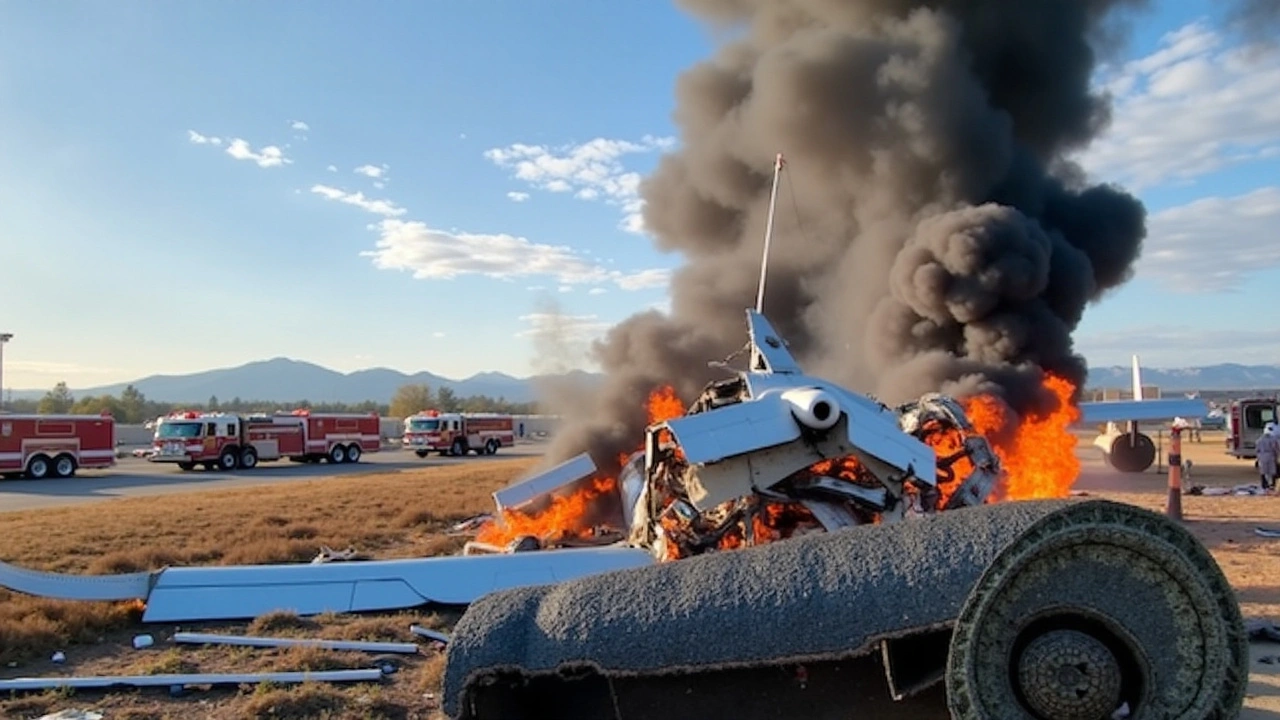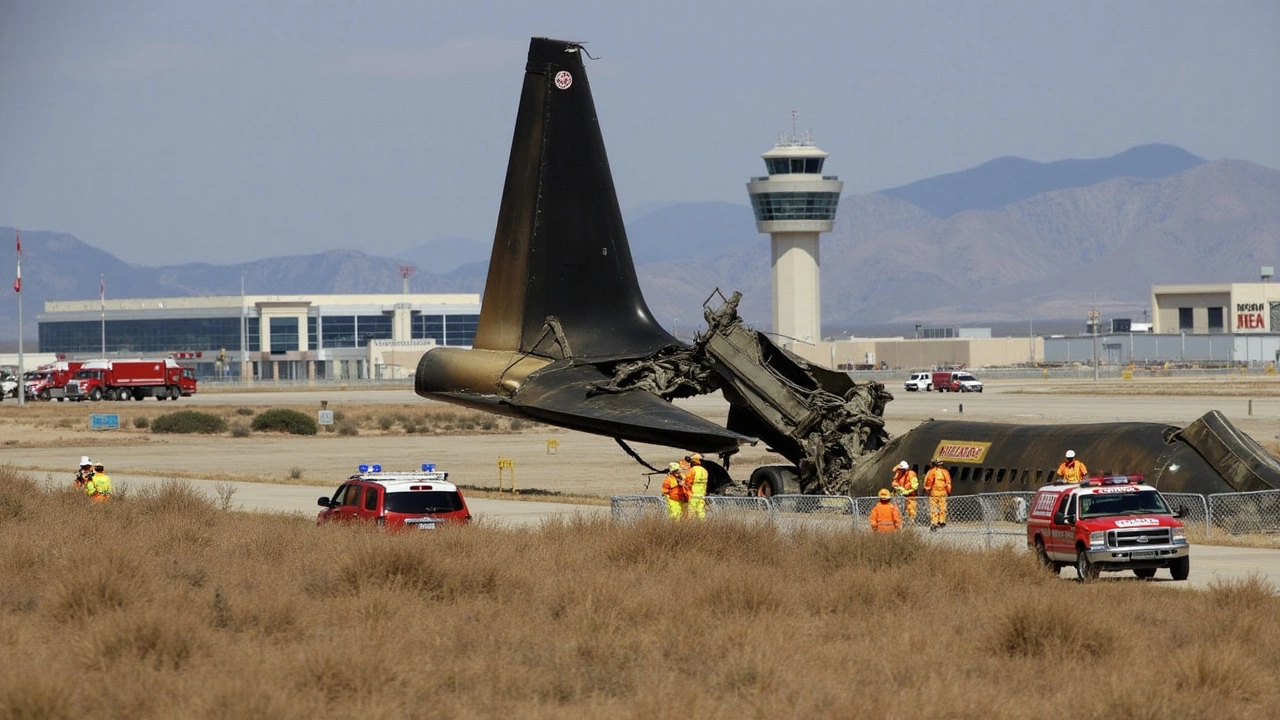A Devastating Incident Rocks South Korean Skies
In an unimaginable tragedy that sent shockwaves through South Korea and the global aviation community, a catastrophic incident at Muan International Airport on Sunday has claimed a staggering 179 lives. The calamitous crash of a Jeju Air flight from Bangkok spares no words as it marks one of the darkest days in the nation's aviation history. The flight, which seemed bound for a smooth journey to its southwest South Korean destination, turned into a devastating nightmare in just a matter of moments.
The Chronology of the Tragedy
The fateful events transpired at about 9:07 am local time when the flight began its descend into Muan Airport. Witnesses recount the horrifying scene, describing a plane veering off the intended runway, only to collide with the fortified outer wall with an intensity unimaginable. This catastrophic impact resulted in a massive explosion that transformed the aircraft into a fiery inferno. The fuselage was shattered, flipping the surroundings into chaotic surrealism as emergency responders raced against time.
Within the broken remains that once was a state-of-the-art aircraft, 178 passengers alongside a crew of three faced their final moments. Authorities confirm just two survivors amid this scorched landscape – a miracle of sorts amidst profound loss. The 33-year-old man and the 25-year-old woman who beat the odds, both part of the cabin crew, now carry the unbearable weight of survival amongst inconceivable loss.
The Heart of the Investigation
As the immediate chaos slowly settles, the grueling task of understanding what ignited such a disaster moves to the forefront. South Korean aviation authorities have already begun studying the black boxes carefully retrieved from the wreckage. Preliminary whispers suggest a possible bird strike may have been the catalyst, crippling the landing gear at a critical juncture and setting off a chain reaction that rendered the pilot powerless to save the flight from its horrendous fate.
Authorities have secured the crash site, meticulously documenting and piecing together the narrative housed within each little detail. The aviation community shores its resources and expertise, as worldwide attention zeroes in on the pursuit of answers to this tragedy.
Implications and Echolalia of Past Disasters
This latest accident has reawakened the echoes of past disasters from Korea’s aviation history, causing ripples of unease and demands for increased safety measures. With the frequency of aviation disasters remarkably low compared to other modes of transport, any such tragedy impacts not only the immediate region but invokes global introspections.
The Jeju Air crash, now recorded as among Korea’s most tragic, stresses the importance of technological precision, better preparedness against avian threats, and ongoing advancements in pilot training and emergency responses. Such a catastrophe calls for reevaluation at various levels within the aviation industry.
Stories Amidst the Tragic Frame
Thoughts veer toward each of the passengers — a tapestry of lives, dreams held aloft together above the earth, gone too soon. It’s anticipated that families will be served an ultimatum no one prepares for — the void of their loved ones, their stories once part of this journey now frozen in silence. The nation now stands in unified grief, thousands astir in prayer and tribute to those lost and those left grappling with the unthinkable.
South Korea, a nation known for its technological prowess, is already bracing itself for healing as citizens turn sorrow into resilience. Memorials and sympathies pour in from across the globe, underpinning a shared humanity which binds us all.

The Future Takes Notice
Moving ahead, as the reports pour in and investigations continue in the days to come, the aim remains firm — learning and improving from each clue the present provides. Not just for South Korea, but for the world’s aviation corridors that now watch with vested interest, awaiting the lessons yet to unfold from this particularly grim chapter.
By understanding what transpired with the Muan International Airport incident, international aviation aims to ensure skies and lands meet at safer intersections, safeguarding those who place their lives in the sobriety of man’s ability to traverse the heavens above.







Write a comment